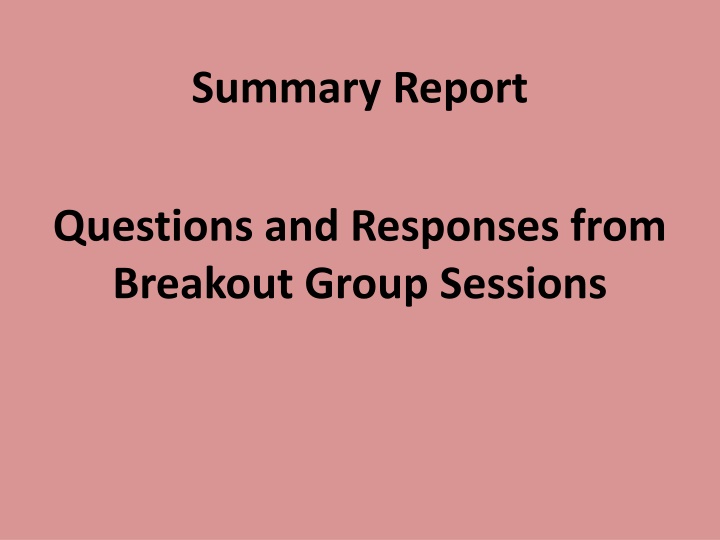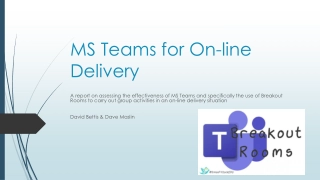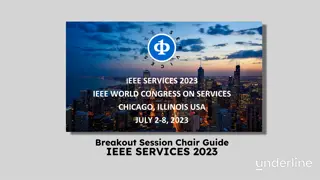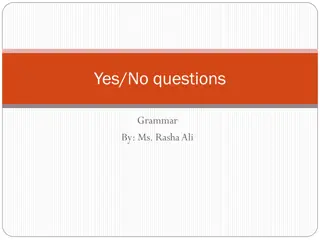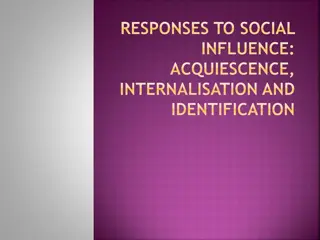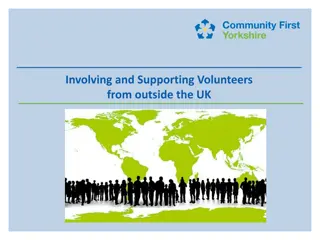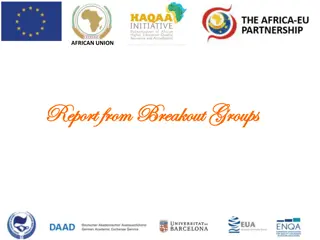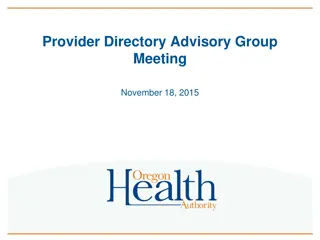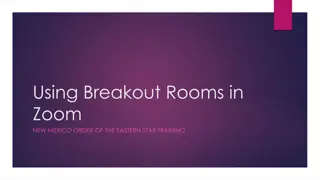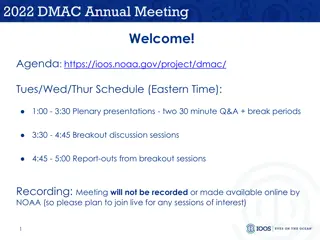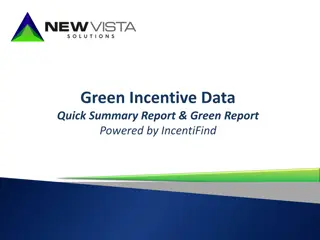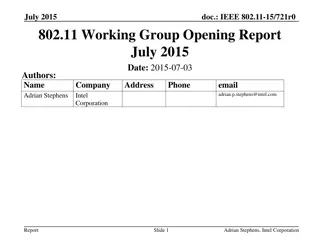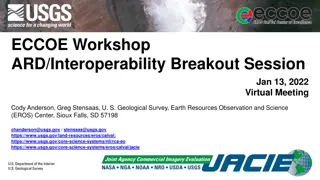Summary Report Breakout Group Questions & Responses
Detailed questions and responses from breakout group sessions regarding consent, FPIC requirements, and seeking FPIC. It includes discussions on criteria for extending FPIC, dealing with states that don't recognize indigenous rights, and supporting rights-holders.
Download Presentation

Please find below an Image/Link to download the presentation.
The content on the website is provided AS IS for your information and personal use only. It may not be sold, licensed, or shared on other websites without obtaining consent from the author.If you encounter any issues during the download, it is possible that the publisher has removed the file from their server.
You are allowed to download the files provided on this website for personal or commercial use, subject to the condition that they are used lawfully. All files are the property of their respective owners.
The content on the website is provided AS IS for your information and personal use only. It may not be sold, licensed, or shared on other websites without obtaining consent from the author.
E N D
Presentation Transcript
Summary Report Questions and Responses from Breakout Group Sessions
Questions for Breakout Groups 1. Who gives consent? 2. When is FPIC required? 3. Process for Seeking FPIC
Group 1 Who gives consent? QUESTIONS A. What should be the criteria for determining which groups FPIC should be extended to (i.e modernity/traditional lifestyle, dependency on forest resources, or historic, social and cultural ties to the (forest) area)? B. How should the Guidance deal with situations where States do not recognize the distinct identity and rights of indigenous peoples? C. How can National Programmes support or facilitate rights-holders to identify and/or create their own representative structures? D. What should be the criteria for determining the validity of groups claiming to be relevant rights-holders ? (unanswered) E. What level of representation is sufficient in an FPIC process (village, community, many communities, self-elected regional/national platforms?) (unanswered)
RESPONSE: 1A. What should be the criteria for determining to which groups FPIC should be extended? Provisions should be added to the normative framework to clarify the difference in rights between IPs and non-IPs (e.g. minority rights, including the right to participation and culture (Sushil). We should develop jurisprudence and law for local communities to ensure that their rights are respected, including the right to participate in the governance of their country. They might not have the same self-determination rights as IPs. But more work needs to be done. (Vanessa) Human rights assessment to map groups who may be affected -- to understand who is using forest resources and how, and the existing governance mechanisms in place, including conflicts. National governments under guidance of UN-REDD would carry out the assessment. This type of scoping exercise will identify exactly who is there and what their rights are according to national and international law. Clarify the Guidelines are about protecting human rights. Ownership of forest, land and resources could be criteria to be a rights-holder group. Discussion noted that CSOs were not represented at this workshop to express their views on this topic. (Rubin)
RESPONSE: 1B. How should the Guidance deal with situations where States do not recognize the distinct identity and rights of indigenous peoples? Recognition should be a pre-condition to join UN-REDD Programme? UN-REDD Programme won t fund any activity that will violate human rights It s not only up to the states to recognize. Self-identification is in international law and their doing so is a crucial piece of making this all work. E.g. Kenya and pastoralists, hunter-gatherers now in the constitution. It s the agency of IPs themselves that leads to changes. So we have to look into those particular experiences to ensure that IPs have the right to participate and assert their rights.
RESPONSE: 1C. How can National Programmes support or facilitate rights-holders to identify and/or create their own representative structures? Should establish capacity building fund for rights holders that don t currently have the capacity to self-identify, in order to bring their voice to international and national level. IPs need to be supported with funds to travel to meetings and to gather view of those that they represent.
Group 2 When is FPIC applied? QUESTIONS A. Should consent be required at the national level or only at the community level? (If national, how should (all relevant) rights-holders be represented?) B. Do readiness activities (and therefore UN-REDD NPs) require FPIC? What aspects (if any) of the development of a national REDD+ strategy require FPIC? C. What criteria/questions could support a National Programme to determine whether or not an activity requires FPIC? (unanswered)
RESPONSE: 2A. Should consent be required at the national level or only at the community level? (If national, how should (all relevant) rights holders be represented?) Required at local level when activity will affect the right and management of land, territories and resources of IPs. Required at national level when policies or legislation or administrative actions have impacts on lands, territories and resources. Important to have consultation processes with legitimate representatives. Duly designated representatives or legitimate institutions. At national level, FPIC doesn t mean collective consent from every community. Instead, consent through representation.
RESPONSE: 2B. Do readiness activities (and therefore UN-REDD NPs) require FPIC? What aspects (if any) of the development of a national REDD+ strategy require FPIC? Need to clarify the difference between effective consultation and FPIC. o Consultation is essential to ensure that the views and interests of relevant stakeholders and rights holders influence design. Must include IPs, women o Effective consultation must lead to consensus between parties (note: different from consent). o FPIC is a collective decision and leads to consent. Readiness strategies: which elements require FPIC? o Demonstration projects o Designation/zoning of forests o Policies, strategies (underlying assumptions) to address drivers of deforestation o Benefit sharing Not all components of readiness strategies require FPIC, e.g. defining baselines and reference levels.
Group 3 Process for Seeking FPIC QUESTIONS A. Clarify the methodology for evaluation/verification of an FPIC process What types of indicators and verification methods might be required to ensure an FPIC process was carried out in line with the elements as defined in Section 2? What criteria could guide the identification of an independent verification institution? B. Provide more guidance on the role of the facilitator in the FPIC process What criteria could guide the identification of a facilitator (e.g. independent, objective, acceptable by both parties, and able to work with various stakeholders)? Who will identify, select, and recruit the facilitator? C. Clarify what is reasonable regarding FPIC process timeline What level of flexibility should be given to the IPs/rights-holders timeline for decision making? How would a NP be guided to address what is an unreasonable timeline ?
RESPONSE: 3A. Clarify the methodology for evaluation/verification of an FPIC process Important to have a pre-consultation phase to set up framework for how process should move forward. Timelines, expectations, standards, benchmarks, whether they would have a facilitator or not. Get consensus so that everyone knew what s going to happen. Questions to be asked about the process when evaluating: Was funding sufficient to carry out work? Was it iterative? Or one-off event. Process should happen throughout. Was information proper in terms of what was included and how it was shared? Risks, benefits etc. Was exchange of information constant throughout process? Was process conducted in accordance with customs and traditions? Were there milestones that were actually met? Was there true representation of affected communities? Did the community itself designate representative? Was decision made by community knowingly and voluntarily? Were the roles clearly defined? Was grievance mechanism present? Used? Independent and effective?
RESPONSE: 3A. Clarify the methodology for evaluation/verification of an FPIC process Verification Interviews in a culturally appropriate manner Review agreements reached by the parties at the beginning of the process Review distributed materials Review decisions and minutes at the end. Who should review? Should be 3rdparty. Couldn t come to agreement whether that also meant not a UNREDD person. National consent (versus community process): Still should be consultation phase and get agreement. All same indicators and probably more apply. Recognize that this is challenging. But despite challenges, that process should get some form of buy-in and consent even from local communities.
RESPONSE: 3B. Provide more guidance on the role of the facilitator in the FPIC process Shouldn t be a requirement, but should be stressed that it s an option that all could consent to (or not) Mandate of facilitator should be determined by parties, not the FPIC guidelines.
RESPONSE: 3C. Clarify what is reasonable regarding FPIC process timeline Balance between urgency of the environment and urgency of human rights. Pre-consultation phase is place to talk about timing. Difficult to determine time-lines, but hopefully parties can come up with something in an amicable way. Should take into consideration the time needed by local communities to respond in their traditional manner.
